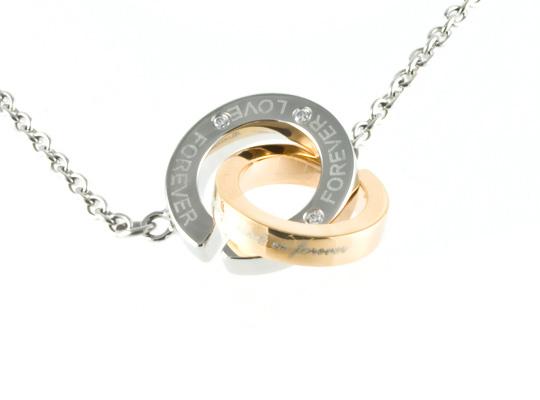Graphite is a natural limited resources. Because of its unique properties like flaky nature, non wettability with liquid metal and high thermal conductivity along the axis, used in Refractory. Anti oxidant is used along with graphite during manufacturing of refractory to take care of oxidation. But a portion of graphite is burned in the furnace, which can be avoided.
Graphite or Carbon is used largely together with silicon carbide in ramming masses and castables. The function of carbon is prevent premature oxidation of silicon carbide in these refractory products. Depending the time and temperature the carbon is oxidized resting only the SiC to protect the product . If SiC is also oxided then we will have erosoin or ling wear. In consequency the life will be shorted.
Natural graphite consisting of clay material is utilized for the production of refractory blocks, crucibles,sheaths,high temperature lubricant and it is also used as a lining material for ramming the tapholes,and the colloidal graphite is used as mould release compound in foundary practice. Besides which it is also used as reductant for the reduction of metal oxides to produce metals which means it is useful during burning also. In recent years there have been efforts to increase the oxidation resistance of graphite by the addition of anti-oxidants to the surface graphite particles. As against the natural graphite the synthetic and pyrolytic graphite are very pure and highly crystalline substances and because of their outstanding high temperature thermal, electrical conductivity and high thermal strength they are used used in specialised applications such as electrical commutation, spectral elecrodes, heating element,high purity crucibles,thermal seals, metal matrix composites.
Graphite or Carbon is used largely together with silicon carbide in ramming masses and castables. The function of carbon is prevent premature oxidation of silicon carbide in these refractory products. Depending the time and temperature the carbon is oxidized resting only the SiC to protect the product . If SiC is also oxided then we will have erosoin or ling wear. In consequency the life will be shorted.
Natural graphite consisting of clay material is utilized for the production of refractory blocks, crucibles,sheaths,high temperature lubricant and it is also used as a lining material for ramming the tapholes,and the colloidal graphite is used as mould release compound in foundary practice. Besides which it is also used as reductant for the reduction of metal oxides to produce metals which means it is useful during burning also. In recent years there have been efforts to increase the oxidation resistance of graphite by the addition of anti-oxidants to the surface graphite particles. As against the natural graphite the synthetic and pyrolytic graphite are very pure and highly crystalline substances and because of their outstanding high temperature thermal, electrical conductivity and high thermal strength they are used used in specialised applications such as electrical commutation, spectral elecrodes, heating element,high purity crucibles,thermal seals, metal matrix composites.
